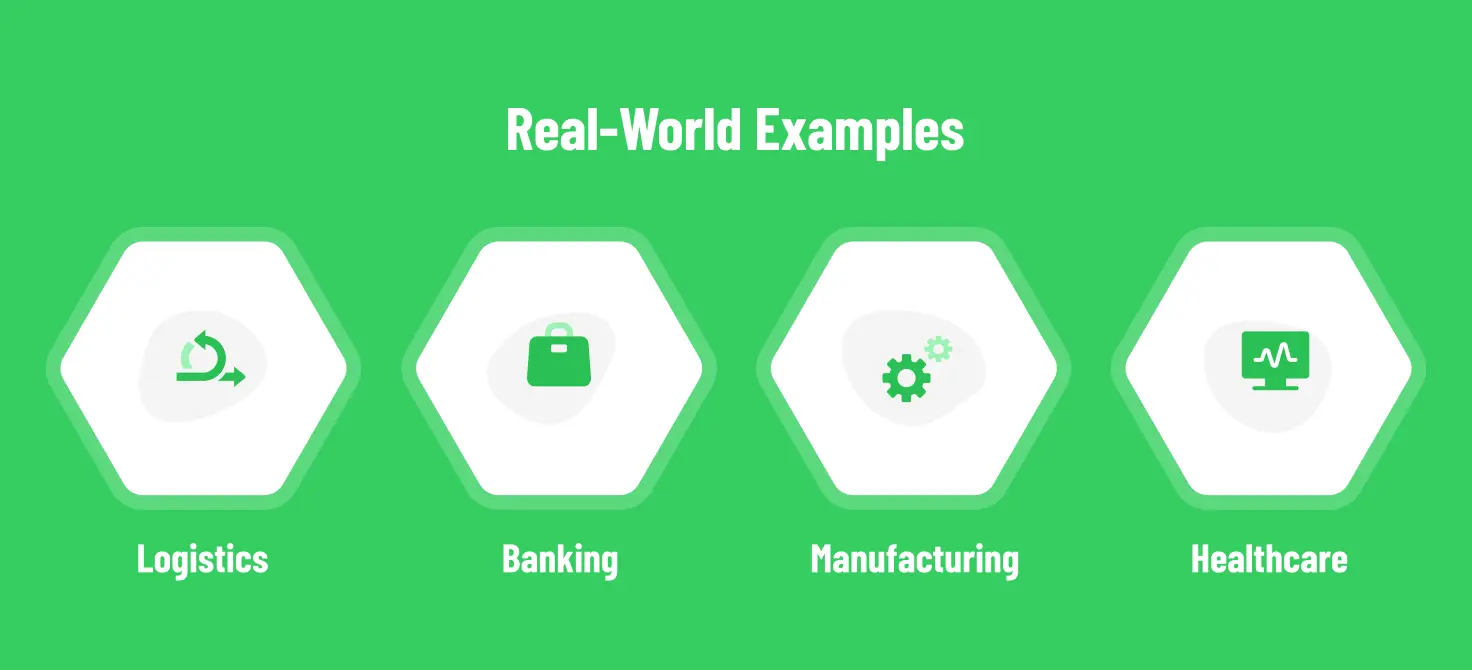Reimagining ERP Customization Through a Low-Code/No-Code Lens
ERP systems are the backbone of business operations. They handle payroll, keep supply chains moving, process orders, and meet compliance requirements. In many ways, they’re the hidden machinery that lets everything else work.
For decades, organizations have turned to giants like SAP, Oracle, and Microsoft for these mission-critical functions. The investment has always been steep, but the reliability has made it worthwhile.
The trouble is, ERPs don’t bend easily. They’re powerful, yes, but notoriously rigid. Customizing can feel like steering a cargo ship through a narrow canal — possible, but painfully slow and costly.
And that’s just for a so-called “small” change. You know the frustration if you’ve waited six months for a basic workflow tweak.
This is where low-code and no-code platforms come in. They don’t replace ERP, but they change how companies can adapt it. By cutting down or eliminating traditional coding, these tools can make ERP faster to adjust and easier to integrate — when paired with solid governance, clean data, and supported APIs.
It’s like assembling with modular building blocks instead of hand-carving. One requires expertise, specialized tools, and much time. The other? Almost anyone can start, and the results come together quickly.
What Exactly Do We Mean by Low-Code and No-Code (LC/NC)?
Low-code platforms give teams a visual way to build software: drag-and-drop interfaces, pre-made templates, and flowcharts that speed delivery, while IT can still add custom code when complexity or compliance demands it. That blend makes low-code a fit for both quick wins and more demanding enterprise scenarios.
No-code platforms take it further. They remove coding entirely. Non-technical staff can design apps, dashboards, and workflows on their own. Imagine your HR team rolling out a new approval process without filing an IT ticket — that’s no-code in action.
Adoption is accelerating. Gartner has predicted that ~70% of new enterprise apps will use low-code/no-code by 2025, up from less than 25% in 2020. The shift is already underway.
Why ERP Needs This Revolution
ERPs were designed for stability, not agility. Their strength is standardization, and that made sense for decades.
But today, markets shift too fast. Retailers can’t wait months to adjust a discount workflow. Manufacturers need to reconfigure supply chains in real time. Banks risk losing customers if a loan approval takes over a few days.
“Low-code development will lower the barrier to entry, cost, and time to deployment,” says John Ohlwiler of Sentry Tech Solutions in Forbes. In other words, companies that adapt their ERP systems quickly will win in a fast-moving economy.
What Are the Benefits?
Speed is the headline. But it’s not the only benefit.
- Development cycles shrink. Projects that took months to complete now finish in weeks or even days. Some organizations report 50–90% faster delivery.
- Budgets go further. With fewer consultants and less reliance on scarce developers, costs drop. Microsoft claims its Power Apps platform reduces development costs by 74%.
- Business users gain power. “Citizen developers” in finance, HR, or logistics can create their own tools instead of waiting for IT.
- Upgrades become easier. SAP encourages a clean core approach that separates customizations from the ERP base, making updates smoother.
- Integrations simplify. Prebuilt connectors help bridge ERP systems with CRM systems, analytics platforms, and legacy databases.
The real value, though, is adaptability. In volatile times, being able to change fast is not optional. It’s survival.
Real-World Examples
Companies have stopped theorizing and are already putting low-code ERP customization to work.

Logistics: customer portal in just 11 weeks
A mid-sized logistics firm used a low-code platform to build a customer portal with shipment tracking and scheduling. The project was live in just 11 weeks. Under traditional ERP methods, it would have taken most of a year.
Banking: loan approvals cut in half
Addiko Bank cut its loan approval time in half. By orchestrating workflows via governed APIs between core banking and underwriting — without altering core systems, approvals dropped from seven days to three to four days. For customers, that’s the difference between irritation and satisfaction.
Manufacturing: streamlined workflows, significant time savings
Manufacturing giant Kaneka Malaysia overhauled 55 manual processes, consolidating them into 13 systems. Over 18 months, the company saw 80-100% time savings in specific workflows. That’s not just efficiency — it’s transformation.
Healthcare: better scheduling, fewer errors
Healthcare organizations are seeing gains, too. One provider automated scheduling and billing, reducing errors by 30% and improving patient wait times. In that case, the benefit wasn’t only cost savings. It was better patient care.
The Flip Side
Low-code and no-code can feel like magic bullets. But like most “too good to be true” solutions, they come with strings attached. The qualities that make them appealing, such as speed, accessibility, and ease, can also open the door to fresh challenges.
Governance is the first. Handing non-technical teams the keys to build their own apps feels empowering, until you realize you’ve got dozens of small, disconnected tools scattered across departments. Each fixes a problem, but none work together. Think of it as a digital junk drawer: full of useful odds and ends, but messy and impossible to navigate. One enterprise architect put it bluntly: “The danger is ending up with 50 apps that don’t talk to each other.”
Integration depth is another. Prebuilt connectors work fine for simple tasks like linking a CRM, but the shortcuts break down once data grows complex, high-volume, or time-sensitive. At that point, IT steps back in, custom code reappears, and the “quick win” becomes a longer slog.
And then there’s security and compliance. Drag-and-drop doesn’t guarantee safety. Loose permissions can leak sensitive data, and missing audit trails will make regulators sweat. In fields like finance or healthcare, these gaps don’t just cause fines; they can damage reputations or trigger lawsuits.
Finally, the human factor: business users aren’t trained developers. They might design clever workflows that solve today’s issues, but without documentation, scaling, or testing, those fixes can easily pile up into tomorrow’s technical debt.
So yes, low-code and no-code lower the barriers. But they don’t remove the need for discipline. Treating them as a free-for-all swaps one headache (slow development) for another (chaos, sprawl, and security risks). The trick isn’t choosing between speed and control but finding the balance where innovation thrives without unraveling stability.
How to Get It Right
Companies that succeed with low-code ERP customization tend to follow a pattern:
- Start small. Pick one high-impact use case (e.g., approvals) and build from there.
- Blend IT and business roles. IT handles governance and architecture; business teams focus on outcomes.
- Set guardrails. Clear policies on data use, app approvals, and version control prevent sprawl.
- Train citizen developers. Give business users templates, guidance, and coaching so quality stays high.
- Measure ROI. Track savings, faster rollouts, and adoption rates to prove the value.
The Future Is Coming Fast
The momentum is real. Analysts expect the low-code/no-code market to hit $47.3 billion by 2025, growing nearly 30% annually. Three of four enterprises plan to use at least four low-code tools within two years.
ERP systems won’t disappear. But they will evolve. No longer slow-moving backbones, they’ll become living platforms that adapt at the pace of business.
Think of it like trading in your paper map for a GPS. You still need to know where you’re going. You still have to drive. But the journey? Faster, smarter, and far less painful.
And in a world where agility is the new currency, that’s the kind of competitive edge no organization can afford to ignore.
Updated on Oct 1, 2025





